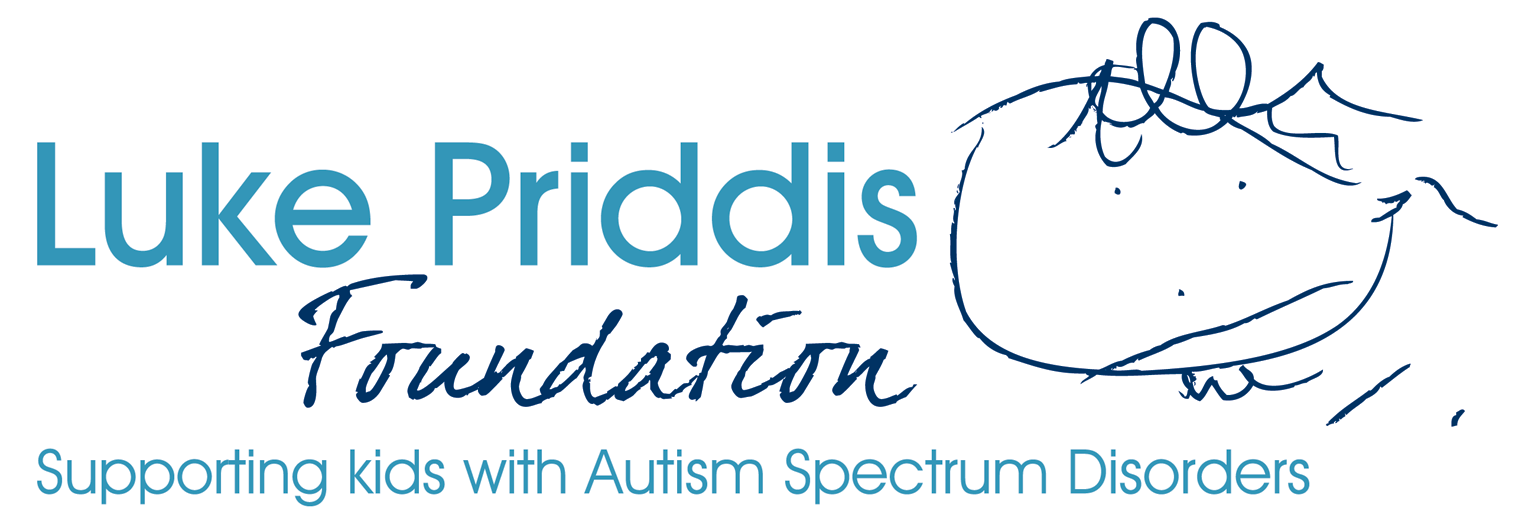ASD Diagnosis
In New South Wales, autism spectrum diagnoses can be made by paediatricians, psychologists, or a multidisciplinary team (for example, a speech therapist, occupational therapist, and psychologist).
A diagnosis of Autism Spectrum Disorder is based on an individual’s history and behaviour. This often includes an interview with parents, carers, teachers or the person being assessed, if possible. Behaviour is also assessed through observation, sometimes in multiple contexts (such as the clinic and preschool or school) by a trained clinician. Standardised assessments can also be helpful in making an accurate diagnosis. The Autism Spectrum Observation Schedule (ADOS-2) is a structured assessment that can be used together with the Autism Spectrum Interview – Revised (ADI-R) with parents or carers to help determine if an individual meets the diagnostic criteria for an autism spectrum disorder.
Assessments completed by Speech and Language Pathologists help to understand any language differences that could explain a person’s presentation. Assessment by Occupational Therapists can help to explain fine or gross-motor problems or sensory differences.
Age of diagnosis can range from approximately 18 months right through to adulthood, depending on circumstances. A diagnosis of an Autism Spectrum Disorder will only be made if the ‘autistic like’ pattern of behaviour is apparent before the age of three years. Sometimes a provisional diagnosis is made if the child is very young, and a reassessment at a later date is recommended. Diagnosis allows an individual with an Autism Spectrum Disorder to understand and potentially access specialist intervention and education to develop or maximise their skills. The earlier a diagnosis is made, the further the chances are of receiving appropriate assistance and support.
